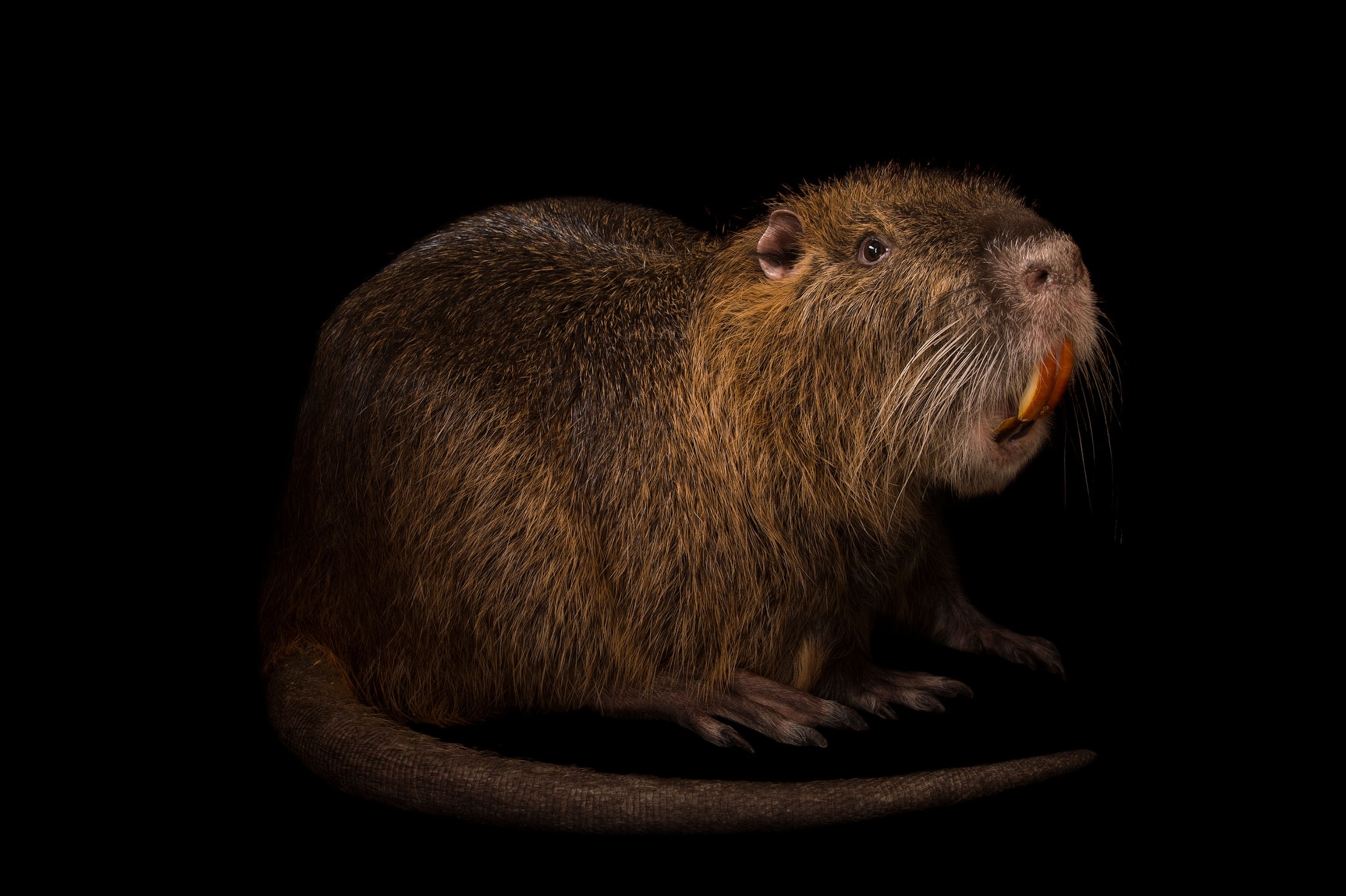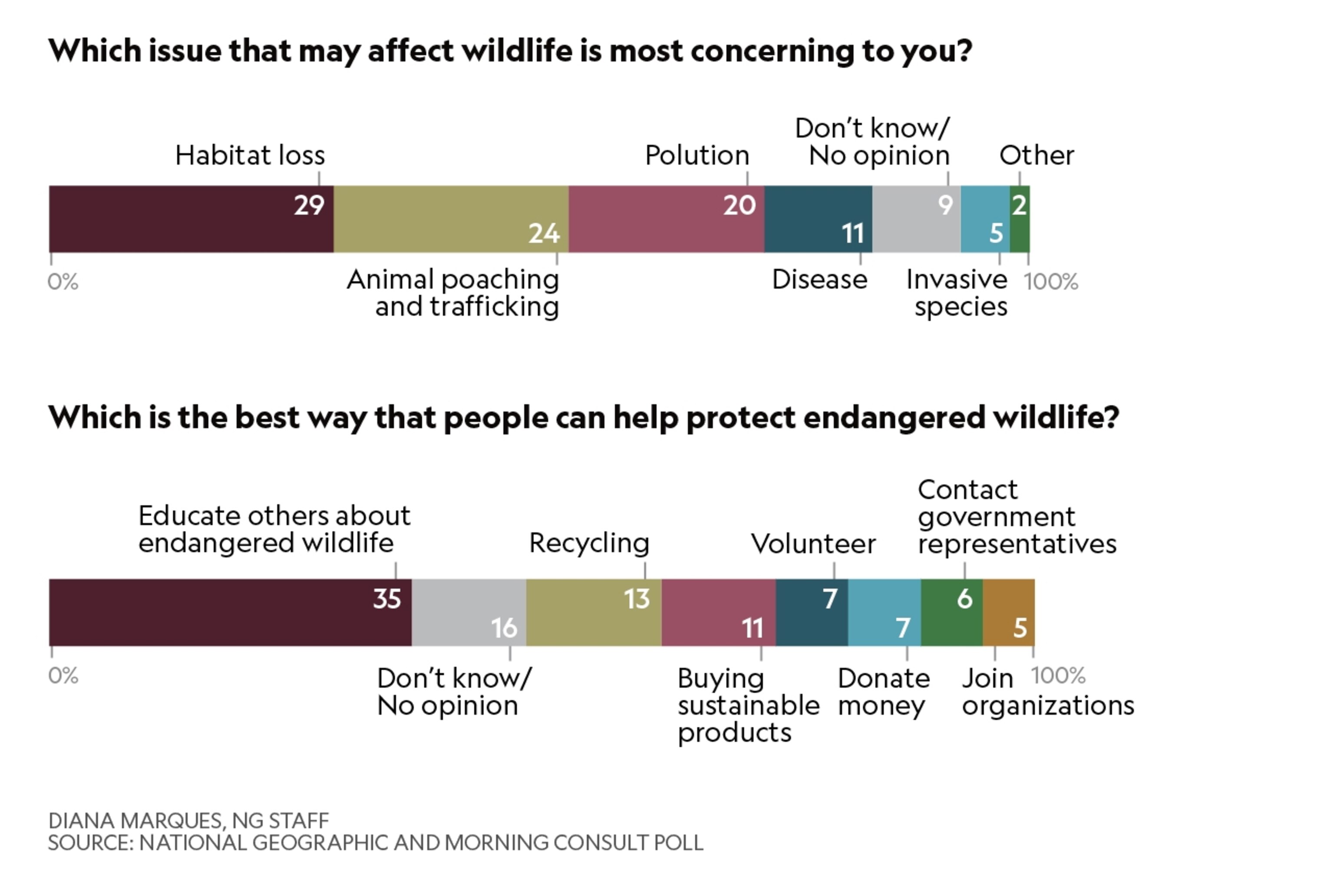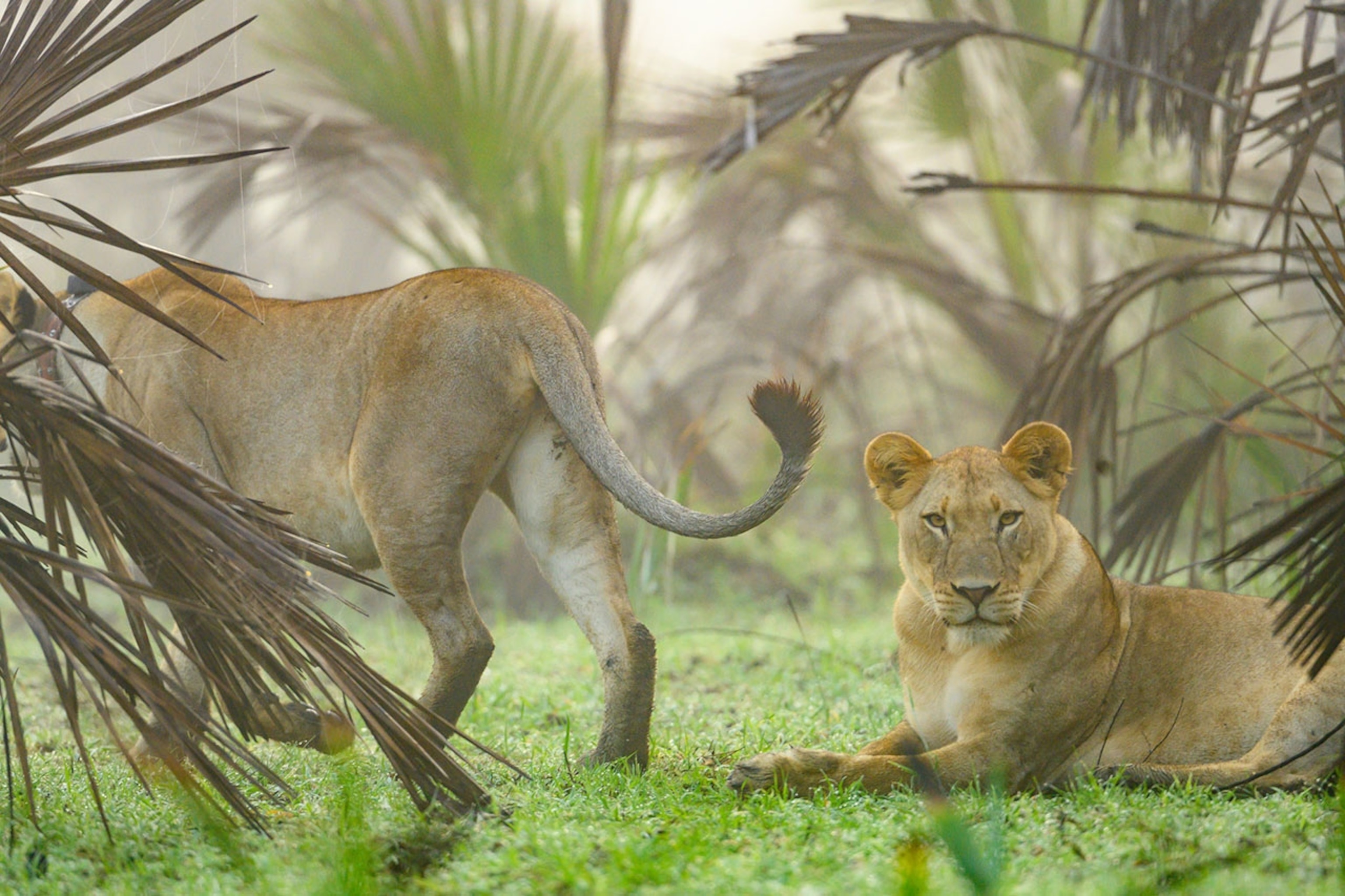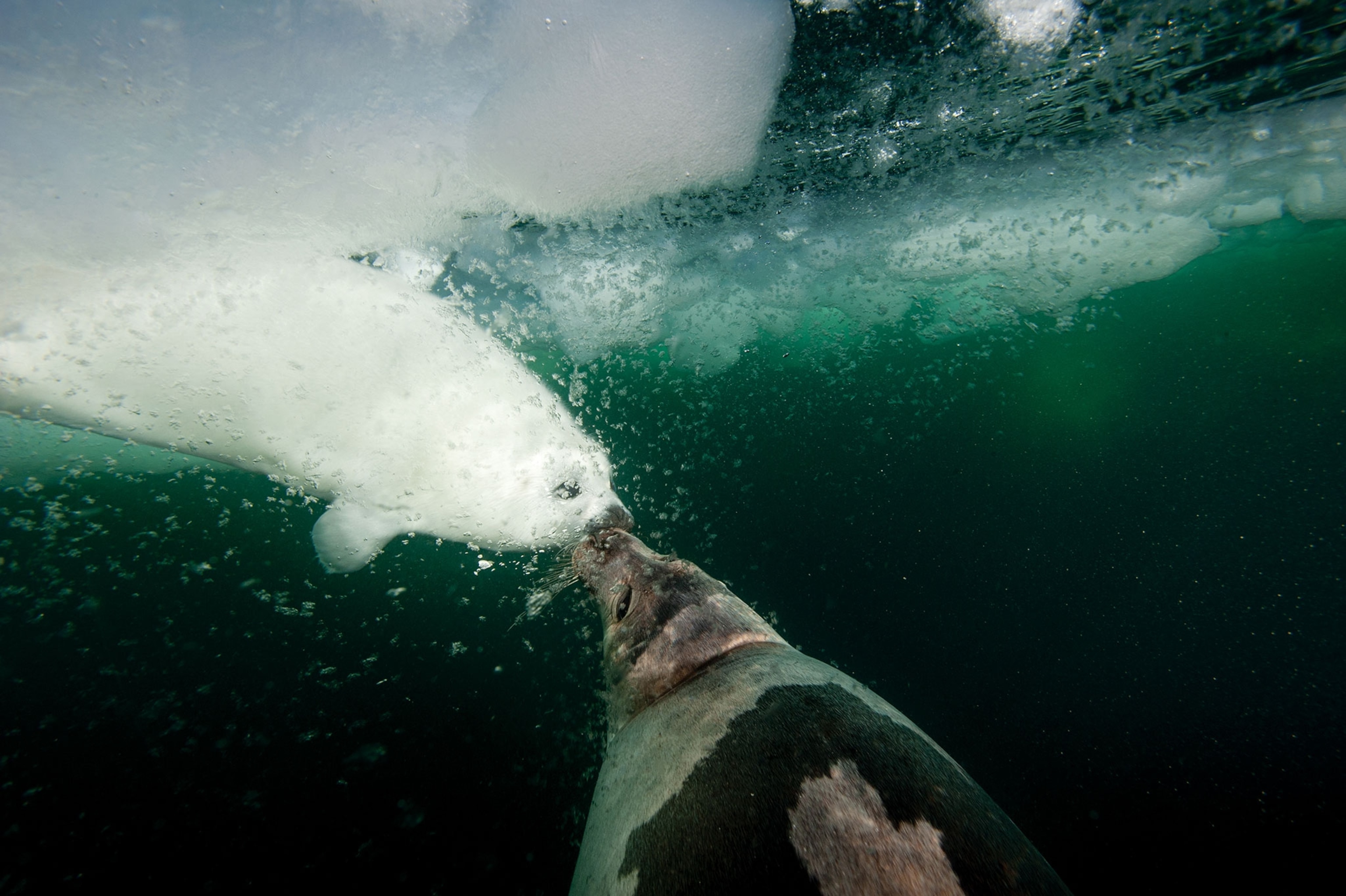By Rachael Bale, ANIMALS Executive Editor
At my small college in Oregon, we had a canyon, a 28-acre watershed that runs down the middle of campus and is home to a host of species, including wood ducks, great blue herons, long-toed salamanders, and everyone’s favorite—the nutria.
A nutria is a large, web-footed, aquatic rodent—imagine a beaver but with a long, skinny tail. Whenever I crossed the pedestrian bridge over the canyon, I was on the lookout for them. I haven’t thought about nutria in years, until I recently saw a news story about how the chonky rodents are invading California.

Nutria are actually from South America, brought north more than a century ago for a fur industry that never took off. Now, in California, their numbers have exploded. They’re threatening the agriculture industry and even potentially the water supply.
They’re up and down the Atlantic coast, along the Gulf of Mexico (where they’re destroying the wetlands), and throughout the Pacific Northwest. Can they be stopped? We’ll be on the lookout.
Do you get this newsletter daily? If not, sign up here or forward to a friend.
Poll: What affects wildlife's survival the most?
Americans list three huge problems affecting wildlife that they’re most worried about: loss of habitat, animal poaching/trafficking, and pollution. That’s according to a National Geographic and Morning Consult poll of 2,200 Americans.
How to help endangered wildlife? On that poll question, respondents chose several options, the most popular being educating others about wildlife issues (here’s one way to teach students). Other responses included recycling, buying sustainable products, and volunteering. Here are the poll breakdowns on those queries:

Today in a minute
Cheetah researchers convicted. An Iranian court has handed down a guilty verdict for eight cheetah researchers accused of spying, with sentences ranging from six to ten years. Researchers say the eight were engaged in legitimate conservation efforts. The eight already have spent two years in prison.
How these insecticides killed fish: The world’s most common insecticide caused fish populations to plummet in one lake in Japan. Here’s how: After rice farmers used it, the crustaceans and zooplankton died. Then populations of eel and smelt, which feed on those creatures, crashed as well. The fish have not recovered from the 1993-1994 usage of the toxic insecticides, known as neonicotinoids, according to a recent study. However, more and more of the world’s farmers are using such insecticides now. Neonics have been blamed for the loss of birds and bees, too.
Cougar or not? Every week, wildlife ecologist Michelle LaRue gets photographs from people wondering if they have seen a cougar in their driveway, backyard or nearby woods. Generally not, says LaRue, executive director of the Cougar Network, a group that researches the North American big cats. “Most photos are bobcats, followed by house cats, and then the occasional dog or deer,” LaRue tells us. Why? Experts say most Americans associate the cougar with danger.
The three-antlered deer: It wasn't until Steven Lindberg got home from photographing a deer in the Michigan woods that he understood why he thought he didn't have a good shot. He told the Washington Post he had never seen a deer with three antlers before. His image went wild online, and veterinarian Steve Edwards called it a "one-in-a-million" find. Edwards said the extra antler on Lindberg’s deer could be attributed to damage to the pedicels, the bony structures that support and develop antlers on animals.
Helping gorillas fight Ebola: Mountain gorillas and Grauer’s gorillas may be at risk from Ebola, which wiped out as much as one-third of the endangered Western lowland gorilla population in the early 2000s. This time, veterinarians are keeping a close eye on gorillas in two national parks in the Democratic Republic of the Congo. The gorillas are accustomed to humans, so efforts to detect and isolate a family of gorillas are possible.
Your Instagram photo of the day

Roaring back. After years of civil war in Mozambique, lions were all but lost in the Zambezi Delta region. In 2018, conservationists, landowners, donors, and the Mozambican government came up with an ambitious plan to add some two million acres to African lions’ range. They identified 24 healthy lions from reserves in South Africa and relocated them to central Mozambique to the Marromeu Game Reserve. Already, 20 cubs have been born since the lions’ release and it is estimated that that the population could grow to as many as 500 within 15 years.
Are you one of our 126 million Instagram followers? (If not, follow us now.) +
Want a newsletter every day?
Come back tomorrow for Whitney Johnson on the latest in photography. If you’re not a subscriber, sign up here to also get Victoria Jaggard on science, Debra Adams Simmons on history, and George Stone on travel.
One last glimpse

Hi Mom! Harp seals nurse and grow in the Gulf of St. Lawrence, off Quebec’s Magdalen Islands. In this image, Jennifer Hayes, on assignment for Traveler magazine, shows a mother harp seal coaxing her pup into the sea for a swimming lesson. At this moment, they meet with a kiss of recognition. Hayes calls the pups “among the most captivating creatures on the planet, with obsidian eyes, charcoal noses, and cloud-soft fur.” Watch this video for more.
Related: The Magaden Islands and 24 more top trips for 2020